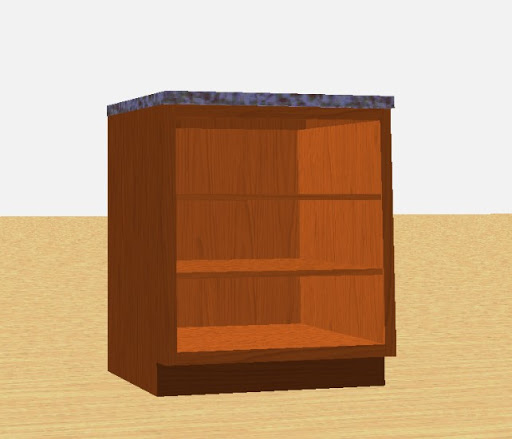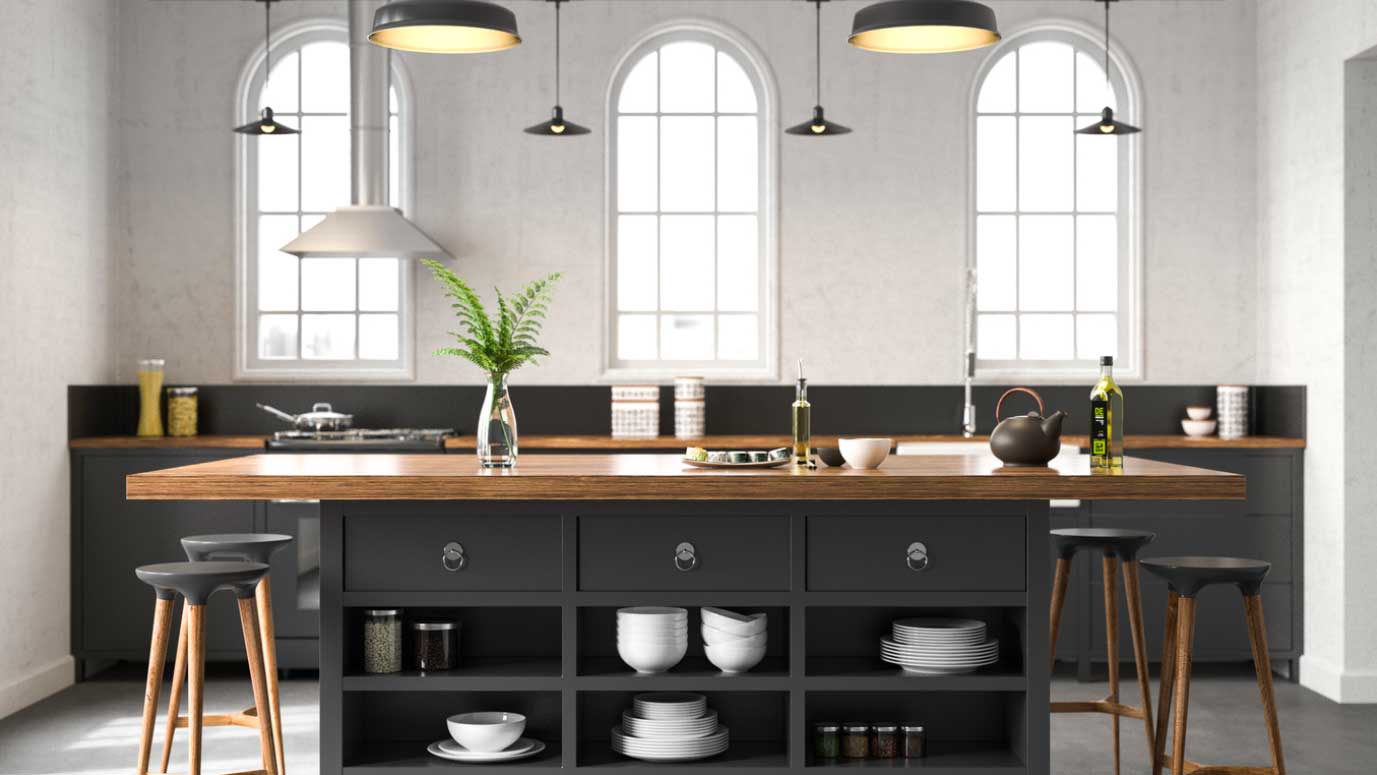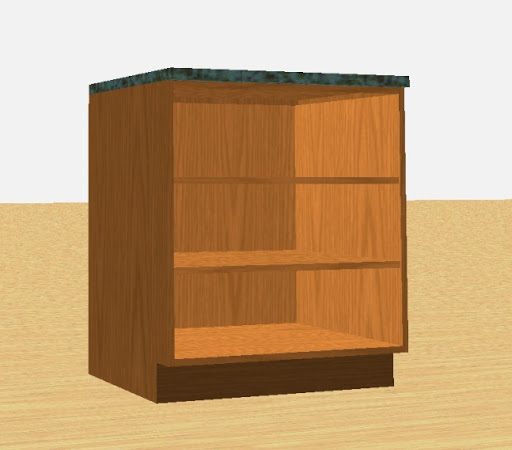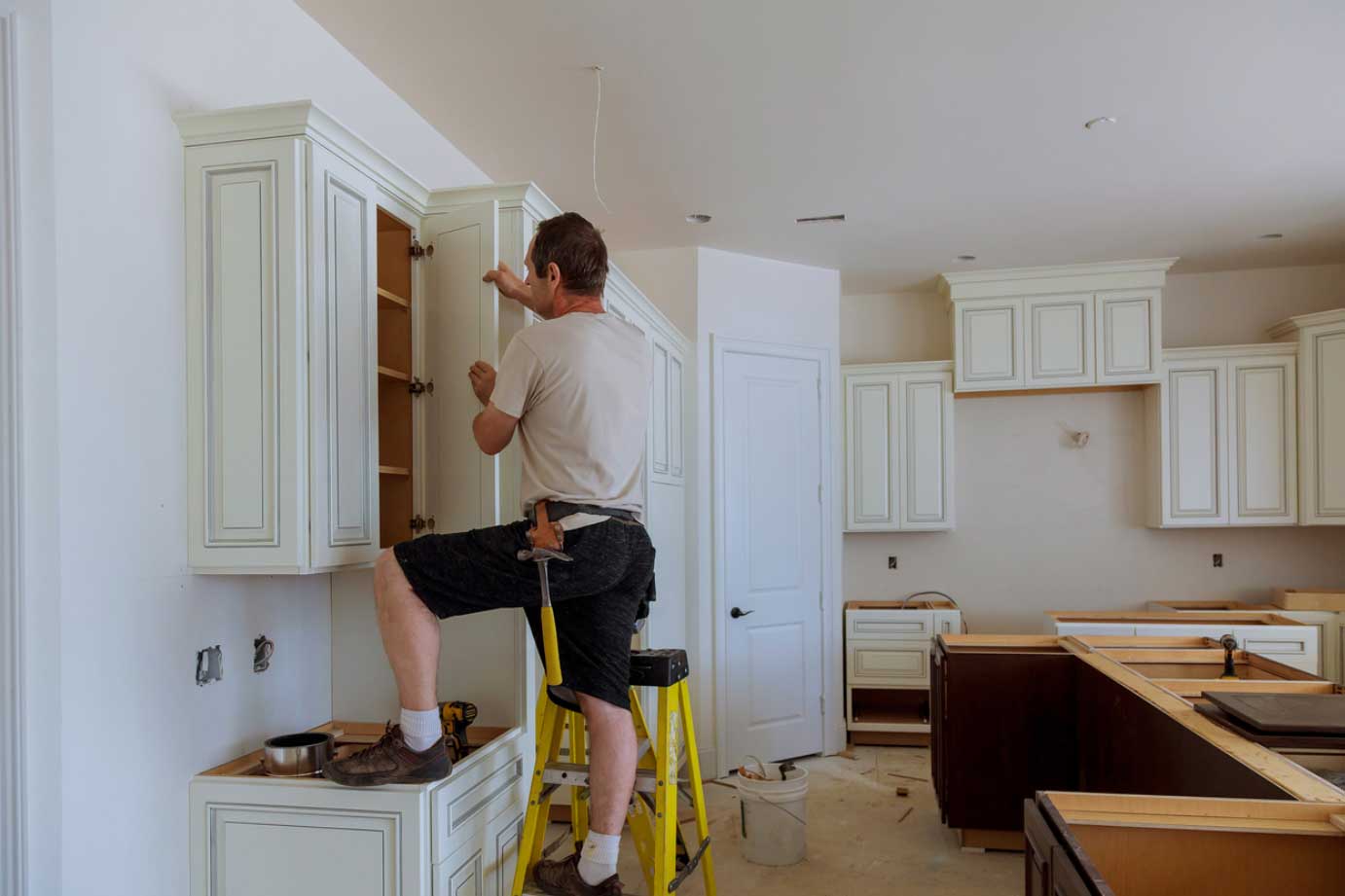Base Cabinet Construction Types
Base cabinets are the foundation of your kitchen, so learning about the common types of cabinet construction is incredibly helpful when planning a remodel . This is because each type of base cabinet can be very different in terms of how they will look on your wall, how much they will cost you, and even how hard they are to install, so learning the differences between cabinet construction types can make a big difference in how you make your decision.
After all, you hope the cabinets you end up choosing will stay with you for a while, so it’s a good idea to arm yourself with the right knowledge to find the best match for your cabinet needs.
Framed Cabinet
Framed cabinets feature a six-sided box design that earns their name from the frames positioned on the front of their boxes. This construction style is the most commonly seen model in the United States. However, two framed cabinets can look completely different based on how the doors are mounted.
There are three different ways to mount your doors on a framed cabinets. The size of the door relative to the box and the hinges used will determine the “overlay.” The overlay is how far past the cabinet box opening the door extends.
Full-Overlay
If you don’t want any of the cabinet box visible, you should opt for full-overlay doors. This means the door will fully cover the frame of the cabinet box. This can be used to create a sleek, seamless look for your cabinets, as it will make a level surface across the whole space.
Partial Overlay
If you want a bit of space between your doors, or if you want to show off an accent color you painted on your cabinet box, then partial-overlay is for you . With a partial-overlay, your doors will cover part of the box frame, but not all. It is one of the most popular ways to mount your cabinets, and it can be more cost-effective.
Inset
Like a full-overlay, inset cabinets will create a seamless, single-level surface throughout the room. Inset doors are installed in the cabinet box instead of on top of the face frame. This means the door will need to be slightly smaller than the cabinet box opening and the entire cabinet box will be visible. This can be a great choice for modern styles but is more difficult to accomplish.
Frame-Less Cabinet
Also called full-access cabinetry, and known for their traditionally widespread use in Europe, frame-less cabinets present a five-sided design that has no frame, and has its doors hinged directly onto the cabinet box. The walls of these models are usually constructed to be denser than those of their framed cabinet counterparts to provide added support in lieu of a frame. Since the hinges must be mounted to the sides of the box, frame-less cabinets are limited to full-overlay door designs.
Ready-To-Assemble Cabinet
If you are looking to get your cabinets with us, they will arrive ready-to-assemble or RTA . This means the cabinet boxes arrive unassembled, which can help you lower the total cost for the project. Once finished, these boxes are sturdy and long-lasting. Our boxes can be constructed using just glue, some tacks, and clamps, and we will even provide a guide to help out.
Wrapping Up
As you can see, not all cabinet boxes are the same. Beyond the different construction types, you can also order boxes that have various configurations for drawers and cabinets. If you need help planning out your cabinets or if you are ready to start ordering, feel free to give us a call at 1-855-669-5222 or an email to info@cabinetnow.com, and our trained experts will help you achieve your goals.
 made in the USA
made in the USA







